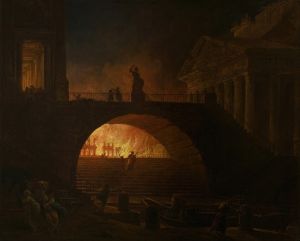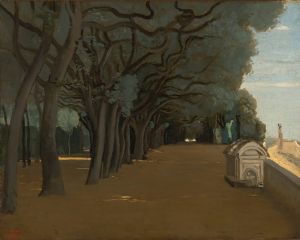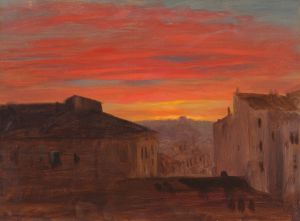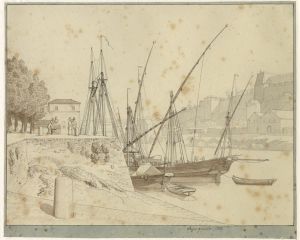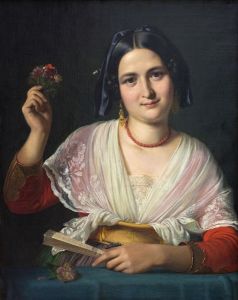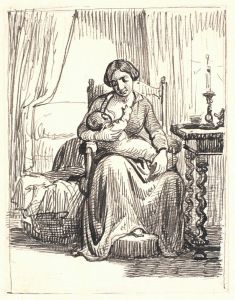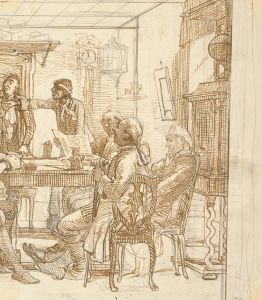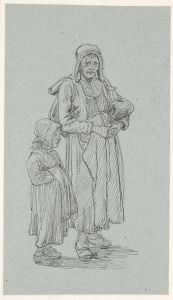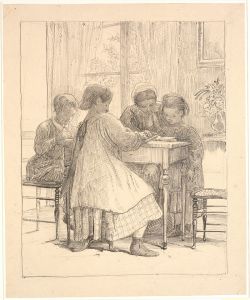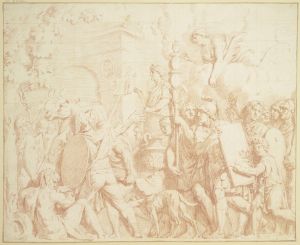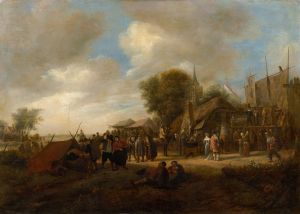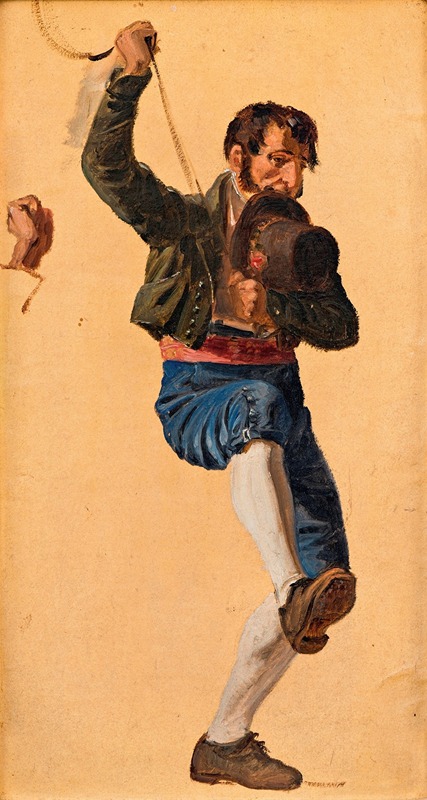
Italian. Study for The St. Anthony Feast Day in Rome
A hand-painted replica of Wilhelm Marstrand’s masterpiece Italian. Study for The St. Anthony Feast Day in Rome, meticulously crafted by professional artists to capture the true essence of the original. Each piece is created with museum-quality canvas and rare mineral pigments, carefully painted by experienced artists with delicate brushstrokes and rich, layered colors to perfectly recreate the texture of the original artwork. Unlike machine-printed reproductions, this hand-painted version brings the painting to life, infused with the artist’s emotions and skill in every stroke. Whether for personal collection or home decoration, it instantly elevates the artistic atmosphere of any space.
Wilhelm Marstrand (1810–1873) was a Danish painter and illustrator, known for his vivid depictions of everyday life, historical scenes, and literary subjects. One of his notable works, Italian. Study for The St. Anthony Feast Day in Rome, reflects his fascination with Italian culture and traditions, which he explored during his travels to Italy.
Marstrand visited Italy multiple times throughout his career, beginning in 1836, and these trips had a profound influence on his artistic style and subject matter. He was particularly captivated by the vibrant street life, festivals, and religious ceremonies of Rome, which he often depicted in his works. Study for The St. Anthony Feast Day in Rome is believed to be a preparatory study for a larger composition, showcasing his keen observation of Italian customs and his ability to capture the lively atmosphere of such events.
The Feast Day of St. Anthony of Padua, celebrated annually on June 13, is a significant religious event in Italy, marked by processions, masses, and community gatherings. Marstrand's study likely aimed to portray the essence of this celebration, focusing on the people, their interactions, and the festive environment. The painting demonstrates his skill in rendering dynamic group scenes and his interest in the interplay of light and shadow, which he used to enhance the sense of movement and realism.
As a study, this work may not have been intended as a finished piece but rather as a preparatory exploration of composition, figures, and atmosphere. It reflects Marstrand's meticulous approach to capturing the spirit of Italian life, which he admired deeply. His Italian-themed works contributed significantly to the Danish Golden Age of painting, blending his Northern European artistic sensibilities with the warmth and vitality of Mediterranean culture.
The exact details of this specific study, including its current location and dimensions, are not widely documented. However, it remains an example of Marstrand's dedication to portraying the cultural richness of Italy and his ability to translate his experiences into compelling visual narratives.





